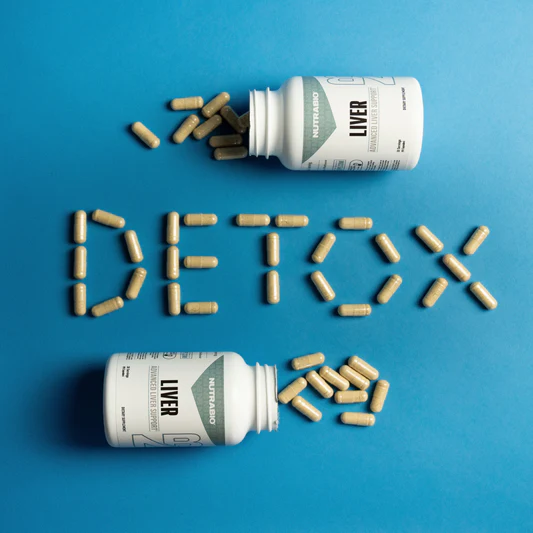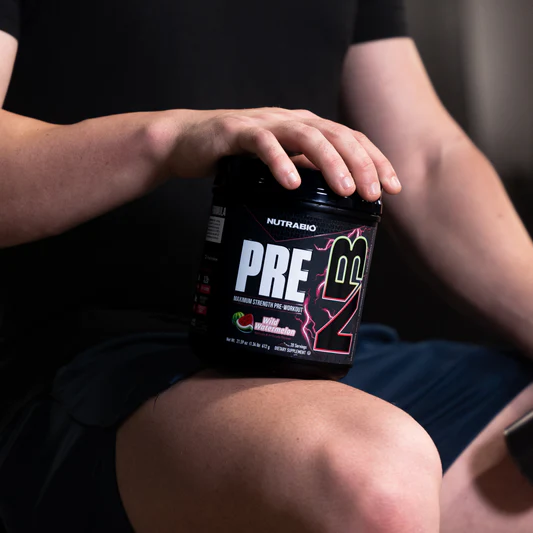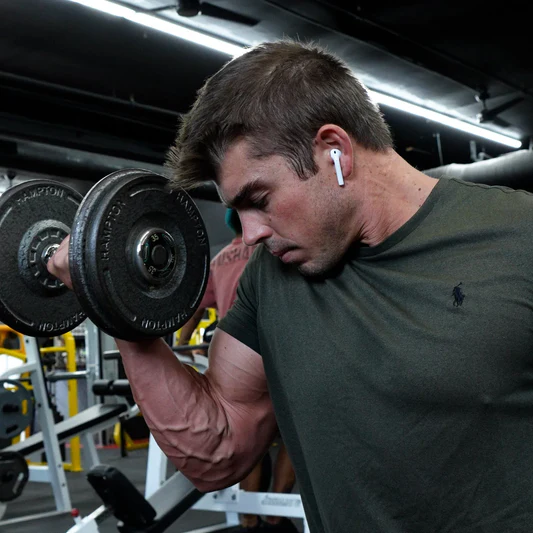EndurElite Chief Endurance Officer Matt Mosman discusses what ATP is, what energy systems in the body produce it, and how to train those systems to improve endurance performance.
Video Transcription:
You down with ATP? Yeah, you know me. You down with ATP? Yeah, you know me. You down with ATP? Yeah, you know me. So the point is you better be down with ATP because without it, you cease to exist. Good morning EndurElite family of fast. Matt Mosman, the endurance guru here today to talk to you about ATP. So here's what we're gonna do. We're gonna tell you what ATP is, the different energy systems in the body that produce ATP, and then the best way to train these systems to make you a better endurance athlete. So let's jump right into it.
What Is ATP?
Now, I want you to think of ATP as our cellular energy currency. Everything we do requires ATP, from moving our fingers, to wiping your butt, to going out and running, cycling, throwing a spear, jumping through fire, swimming, triathlons, what am I forgetting? I don't think. You get the point. Any kind of exercise requires ATP. Without it, you can't function, is basically my main point here.
So there are three energy systems in the body that produce ATP during exercise. Two of these are anaerobic in nature, meaning they require no oxygen, and then one does require oxygen to function. Now, the differences between these systems in a nutshell is how fast they can produce ATP, how long they can provide that ATP for, and then how much ATP it can produce. So let's just jump right into this and get at it.
ATP Production Via ATP-PC System
The first system is the ATP-PC system. The PC stands for phosphocreatine. And what happens during this process is ATP is broken down to provide energy and then you're left with something called ADP. And where the creatine phosphate comes in is it donates this phosphate group to ADP to reform ATP. Now, the ATP-PC system can provide rapid amounts of energy but does not last very long. It can provide enough energy to maybe fuel exercise for zero up to about six seconds. So very rapid ATP production like Green sprinting but really can't last that long, and here's why. The body can only store about 80 to 100 grams of ATP, and on top of that, you can't deplete ATP stores completely because it's required for survival.
So when you do these really, really hard efforts, that ATP is depleted pretty quickly but still having some left over for basic cellular to function. So that's the ATP-PC system. Now, the best way to train and improve this is to go out and basically run as hard as you can, cycle as fast as you can, do whatever you're doing as hard as you can for about 0 to 10 seconds. Well, not zero seconds, so probably more legitimately like 5 to 10 seconds and then take a really long rest and then repeat it again. And that's the best way to train the ATP-PC system.
ATP Production Via Anaerobic Glycolysis
Now, as exercise goes over that six-second mark which is pretty much all exercise except sprinting or maybe like a power movement in weightlifting, then your body will switch over to anaerobic glycolysis. Now, anaerobic glycolysis can't produce ATP quite as rapidly as the ATP-PC system, but it can produce more and it can go on for a longer duration of time. So the anaerobic glycolysis can provide energy anywhere from 30...I would say 30 seconds up to about 3 minutes. And again, anaerobic glycolysis really comes into play when you're exercising the harder efforts lasting a little bit longer than that six seconds. So you think maybe a breakaway in cycling or a breakaway when you're running, or maybe just putting in a hard effort to get away from your competition.
So another interesting thing about anaerobic glycolysis is glucose or glycogen, aka carbohydrates, is the only macronutrient that can be used during anaerobic glycolysis. So now you know why I really...I push carbs in my videos because that's really the only thing that can power anaerobic glycolysis. So with anaerobic glycolysis, what happens is that glycogen molecule or glucose molecule is put through it and the end product is something called pyruvate. Now, two things can happen to pyruvate once it gets to the end of anaerobic glycolysis. It can be converted back to lactate and anaerobic glycolysis can continue, or that pyruvate can be shuttled into the mitochondria where it enters the Krebs cycle where it enters the oxidative system, what we'll talk about here in a second, the third energy system.
So if that pyruvate is converted into lactate, anaerobic glycolysis continues. Now, let's clear something up right here. Lactate and lactic acid are two different things, and lactic acid probably isn't what you think it is. Lactic acid probably has little to do with muscle fatigue. So what happens is when pyruvate is converted to lactate, there's this enzyme that facilitates this called lactase dehydrogenation. One of the byproducts of this is a hydrogen ion, and that hydrogen ion from that process of converting pyruvate to lactate causes an increase in muscle acidity and that's where you start to see the fatigue come in. So it's not necessary lactic acid that causes fatigue. That is a big, big myth.
So that's anaerobic glycolysis. Now, what's the best way to train the anaerobic glycolysis system? The best way to do this is through the use of interval training and here's what you want to do here. You want to do efforts 1 to 3 minutes about 90% of the VO2 Max with a 1:1 work to rest ratio. So if you are going out and doing a 3-minute interval at about 90% of VO2 Max, you want to do a 3-minute recovery period before you start the next interval, and this will help you develop the anaerobic glycolysis system.
ATP Production Via The Krebs Cycle
All right. So let's jump into the next one. So like I said before, the end product of anaerobic glycolysis is pyruvate. Now, if there's enough oxygen available, pyruvate shuttle to the mitochondria where it enters the Krebs cycle or third system. Third system, oxidative metabolism or aerobic metabolism. And as this name implies, this process requires oxygen. Now, compared to the other two systems, it can't produce ATP quite as rapidly but this thing is a workhorse in terms of the amount of ATP it can produce basically because you're breaking down carbohydrates and fats and that's producing the ATP.
So the oxidative system really comes into play after about three minutes. So the intensity is going down. There's oxygen available to help basically shuttle the carbohydrates and fats into the Krebs cycle where it can generate massive amounts of ATP but not quite as quickly. Now, what's the best way to train the oxidative or aerobic metabolism sister...system? Sister, jeez, system. The best way to do this is through a long slow distance training at 70% VO2 Max or lower. Now, other things will help develop aerobic capacities, but the oxidative or aerobic metabolism is the best way to do it.
Like I said before, it can't produce ATP very rapidly, but it can produce it for a very long period of time. Now, you should know with all these systems, you're not just using one drain endurance exercise. You're using them all all the time when you're outside exercising. Which one is being used the most is really gonna depend on, first, the intensity of the exercise, and second, the duration of exercise. So if you're like really hammering hard for 10 seconds, that ATP-PC system is gonna be the one that's primarily used but you're still getting small contributions from anaerobic glycolysis and oxidative or aerobic metabolism. Where on the other end of the spectrum, if you're doing like a marathon, the majority of energy contributions is gonna come from the oxidative system but you're still gonna get a little bit from anaerobic glycolysis and also the ATP-PC system.
So that is energy production in a nutshell, my friends. I hope that all made sense. I know it's a lot of physiological terms and whatnot, but I hope you hang through this video to learn a little bit more about the energy systems in your body and how ATP is produced. If you like this video, head on over to the EndurElite blog, www.endurelite.com, where we have a ton of great information on everything endurance training, nutrition and supplementation related. We also just started a new YouTube channel, EndurElite. Subscribe to that if you want to check out some of the other videos, and until next time, my endurance friends, stay fueled, stay focused, and stay fast.








